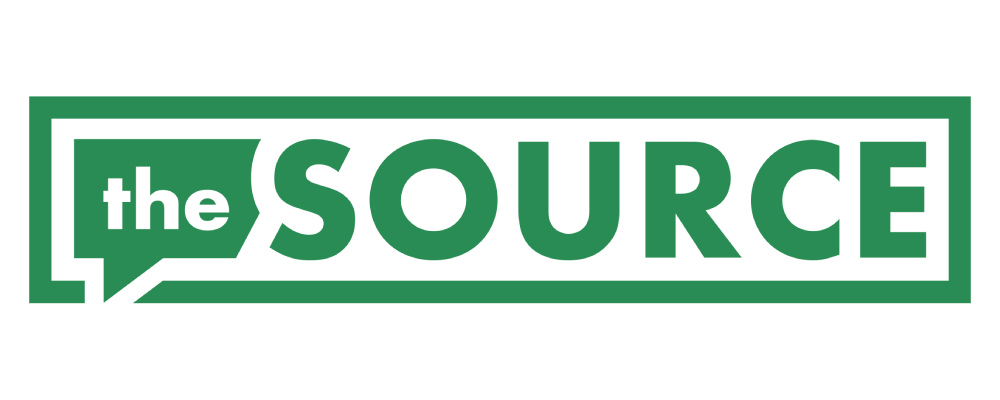If you know anything about me, or my father, Craig, you know we are goal setters. This article helped put into perspective the impact goal setting can have on your journey to accomplish what you want in life.
Anything worth having is worth working for. We all wish and want, but only the few will take action. Setting goals is a very important aspect in this.
Here were some of my key takeaways from this article.
1. Be Specific
Strive for clarity in your objectives. People often put too much pressure on themselves, trying to do too much at once. But, if you set a goal that is too small, it won’t motivate you. Give yourself grace, while at the same time know when and where to push yourself.
2. Have a Game Plan
Much like navigating a dark tunnel, focus on the next step rather than fixating on distant light. Establish process goals – sequential steps toward your objective (GRAVEL). These provide a structured path, fostering stability and progress.
3. Be Accountable
Own your journey. Acknowledge that challenges are inevitable. The only thing you can control is your effort and mindset. Be willing to accept and implement constructive criticism, adjust to roadblocks and adversity, and keep moving forward.
4. Find Joy
It’s important to find joy in whatever you do. Oftentimes, people expect it to be fun and enjoyable all the time, this is simply not the case. Embrace every stage, because in order to enjoy the highs, you must go through the lows. The lows are part of the journey – embrace them. Achieving what we desire isn’t always easy.
“Most people cycle through three stages: the grind of putting your head down and doing the work, anger and fear of failure, and enjoyment.” – Brad Stulberg, co-founder of Growth Equation
Schedule a meeting with me to hear how brokers are using Deal View to set and monitor their goals in brokerage.
For more on goal setting, check out these two episodes of CRE – The Unspoken Truth:
Charlie Coppola
[email protected]
How to Set Goals You’ll Actually Achieve
Whether you want to run a marathon, eat more healthfully or just get off the couch a little more, “for the majority of people, setting a goal is one of the most useful behavior change mechanisms for enhancing performance,” says Frank Smoll, professor of psychology at the University of Washington. “It’s highly individual,” he says—there’s no one way to achieve a goal. But these goal-setting strategies will help you stay the course.
Pick a specific, realistic goal
People often start setting goals with a little too much gusto, trying to overhaul many aspects of their life at once. But that can quickly become overwhelming and backfire. “It’s better to have a systematic approach and identify the one or two that are the most important,” Smoll says.
Making your goal specific can help you follow through on it; research suggests that narrowly defining a goal helps you clarify the tasks necessary for reaching it. “You should define your goal discretely enough to measure and use it effectively,” Smoll says.
It should also be realistic, says Zander Fryer, founder of the coaching company High Impact Coaching. He’s a fan of the Goldilocks-sized goal. “If it’s too big, it will scare you off; too small, and it won’t motivate you,” he says. “Each individual must figure out the goal that gets them moving.” To stay accountable, give yourself a timeline that you can achieve, recommends Fryer. “That will motivate you to take action.”
Create a plan of attack
Whenever you set one goal, you should actually set two: a process goal and product goal, Smoll says. Aiming for a 4.0 grade-point average would be a product goal: the ultimate objective. A process goal would outline the steps it takes to get there. While the product goal gets all the attention, the process goal is equally vital.
Write down a plan for how you’ll go about achieving your end goal, identifying specific strategies. If a hockey player wants to get 5% faster, for instance, “a productive achievement strategy could include skating additional 10 sprints after practice each day,” Smoll says.
Jason Bahamundi, who has completed eight Ironman races and 30 ultramarathons, sets a process goal before every race. “I think a lot about the training, the timing and the cost of what I’m undertaking,” he says. “If I can think about the challenge and then work backwards, I’m successful.”
Be accountable to yourself and others
Setting the goal is the fun part. Sticking to it is tougher. “You will hit barriers and fears,” Fryer says, so accountability is important, especially at the beginning. “Having a mentor, a partner or social accountability will help when you reach a sticking point.”
Fryer recommends choosing someone who you don’t want to disappoint, paying for a mentor or accountability partner or finding someone with similar objectives through a professional or social media group. This person can help by defining clear expectations, focusing on performance and monitoring progress.
Honing your patience will be helpful as well. “Remind yourself that achieving a goal takes persistence, drive and resilience,” Fryer says. “Set your expectations that it will be harder and take longer than you expect.”
That means recognizing when you might need to stop and catch your breath. Bahamundi knows how to guard against mental fatigue by building breaks into his process, particularly when he’s preparing for long events. “I train hard for three weeks at a time and then take a full recovery week,” he says. Cycling through work and rest can help you avoid burnout in any endeavor, whether you’re aiming to lose weight, improve a relationship or launch a big career change.
Find joy in the process
Savoring how it feels to chase your goal is useful for maintaining motivation long term, says Brad Stulberg, a performance coach and co-founder of the Growth Equation. “Most people cycle through three stages: the grind of putting your head down and doing the work, anger and fear of failure, and enjoyment,” he says. But finding joy in showing up for the work is essential throughout the whole process and shouldn’t be left for the end. “Before you take on a goal, visualize the process and how it makes you feel,” Stulberg says. “If you become tight and constricted, it’s probably not the right goal or time. If you feel open and curious, that’s a good sign.”
The process won’t uplift you all the time, so it’s important to mark the little achievements en route to the big prize. “As you make progress along the way, celebrate each of the smaller steps,” says Smoll. “I like the saying ‘Yard by yard is hard, but inch by inch, it’s a cinch.’ Self validation is very motivating.”
When you do reach the finish line, you might just find that the process—not the product—was the real prize. “I know that every day I’m out there working is putting me in a better position to be successful on race day,” Bahamundi says. “The race is my celebratory lap for all the hard work I’ve put in.”
https://time.com/5909923/how-to-set-goals/









